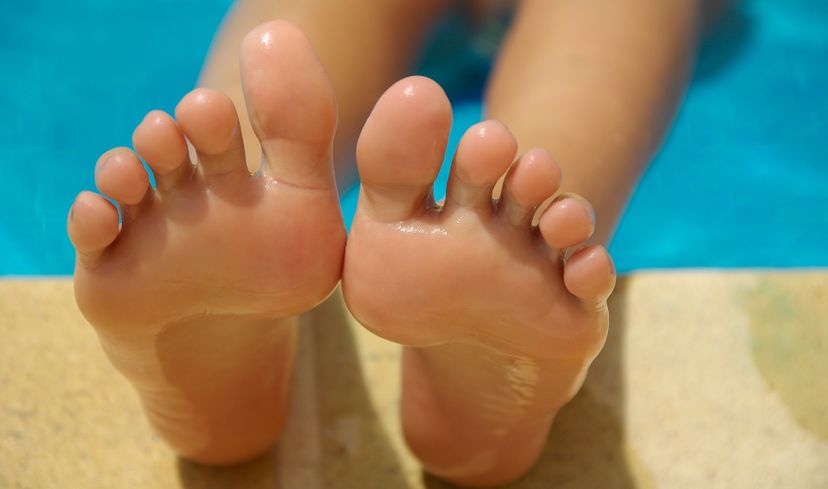
Our feet, often overlooked and underappreciated, hold intriguing secrets about our ancestry, personality and even potential athletic prowess. One particular aspect that has captivated the imagination of many is the length of the second toe in relation to the big toe. From ancient superstitions to modern scientific studies, the concept of a longer second toe has various meanings and interpretations. In this comprehensive article, we will delve deep into the topic, unraveling the myths and revealing the truth behind the significance of second toe length.
Advertisement